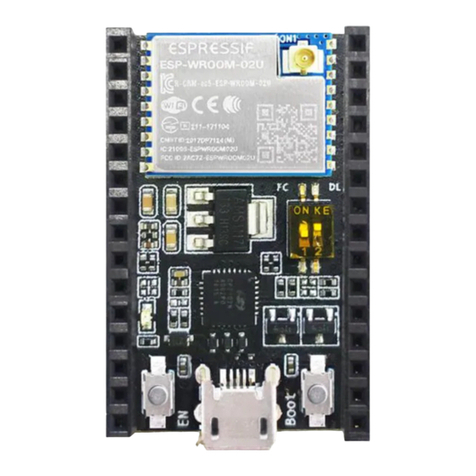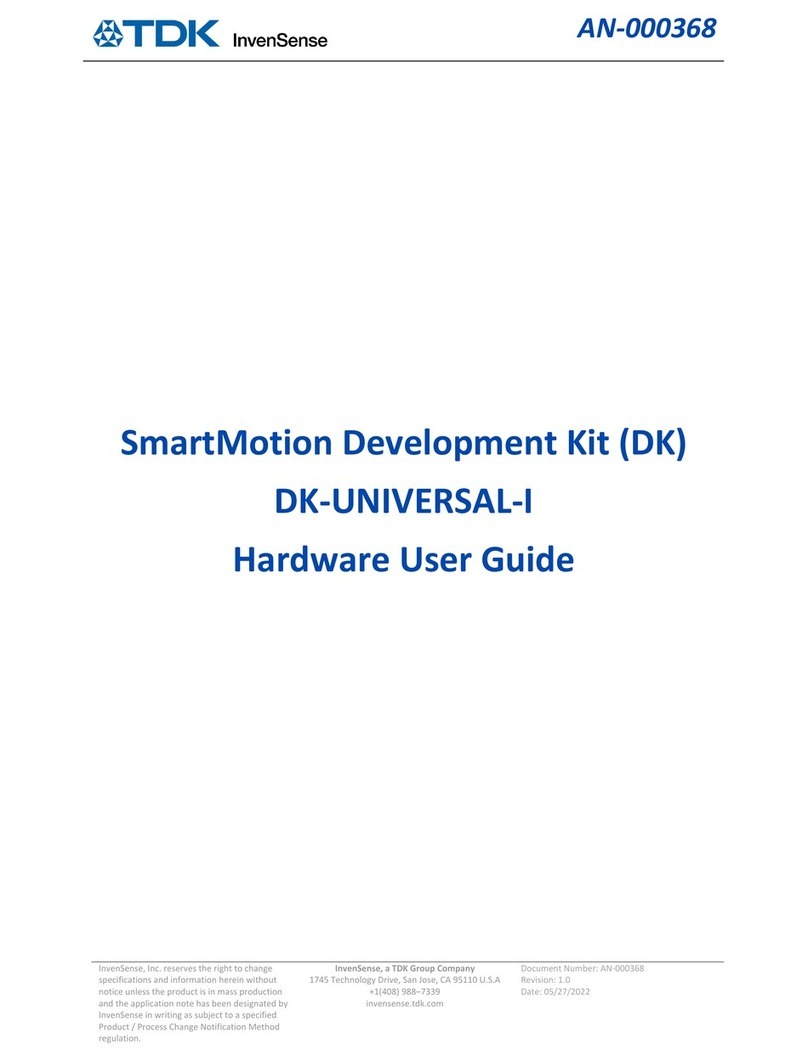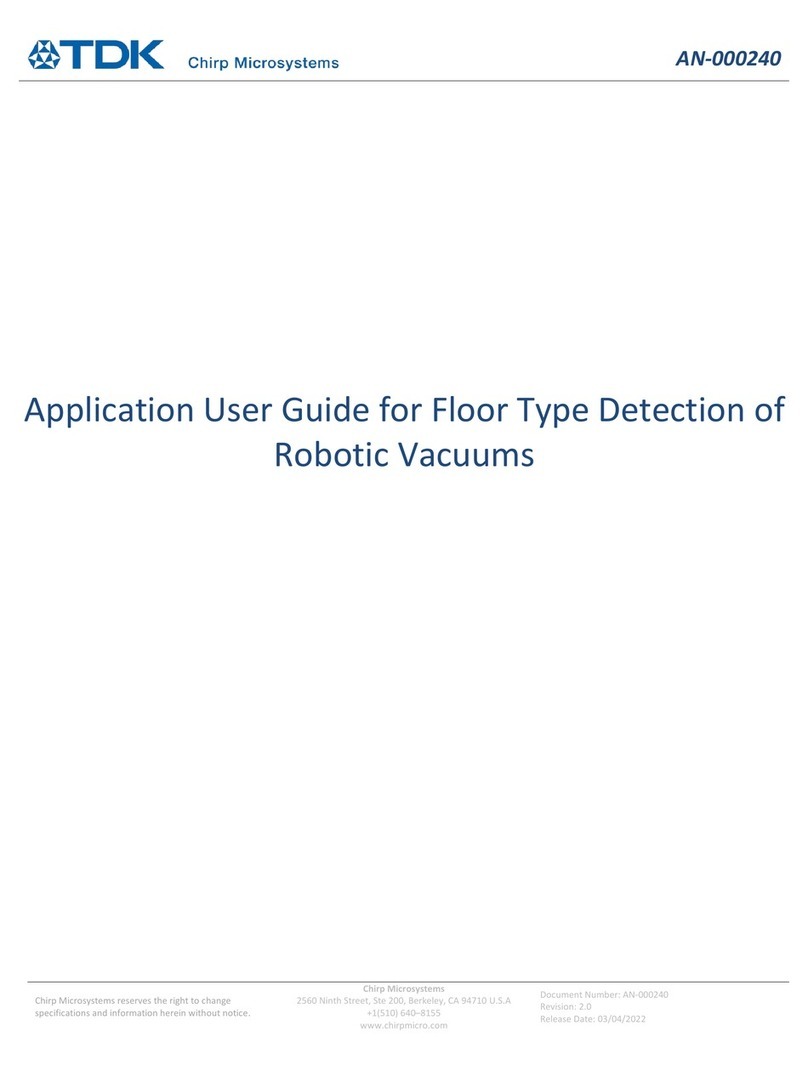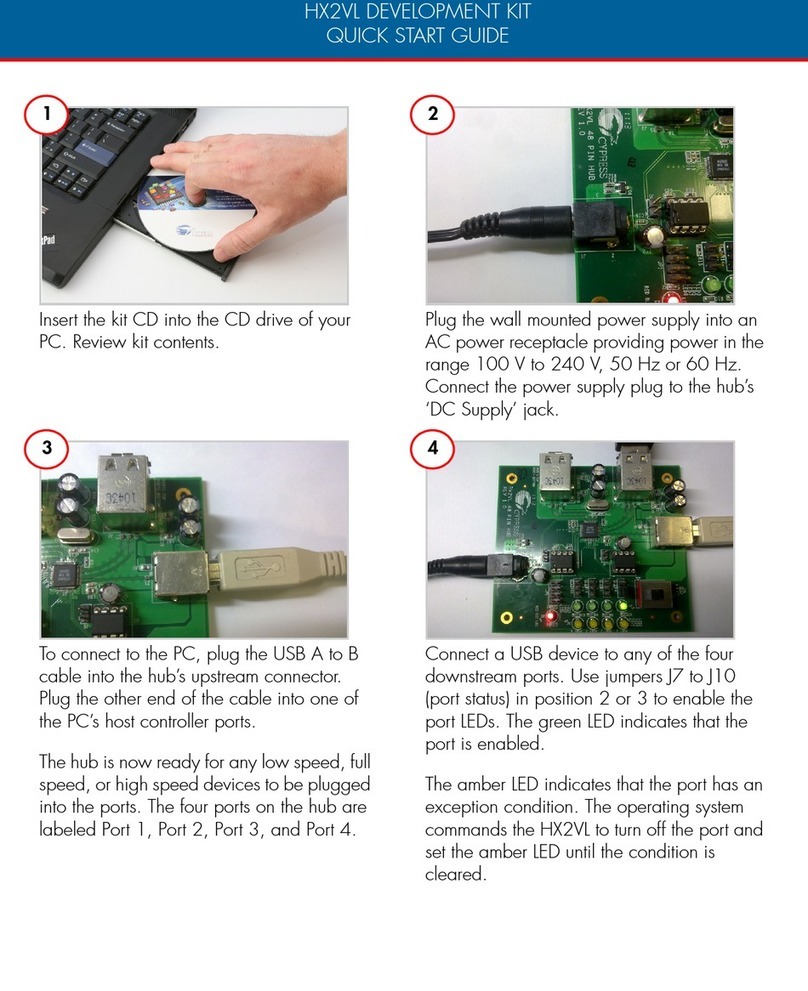
Document Number: AN-000323 Page 2 of 13
Revision: 1.2
TABLE OF CONTENTS
1Overview................................................................................................................................................................3
2Introduction...........................................................................................................................................................4
2.1. Features Overview............................................................................................................................................ 4
2.2. Platform Overview............................................................................................................................................ 4
2.3. Quick Setup....................................................................................................................................................... 5
2.4. Updating SAMg55 firmware Hardware User Guide ......................................................................................... 6
3Sensors and Development Kits ..............................................................................................................................6
3.1. TDK Sensor to SAM G55 MCU Connection ....................................................................................................... 6
3.1.1. DK-20680HT .............................................................................................................................................6
3.1.2. DK-20680HP............................................................................................................................................. 6
3.1.3. DK-20680A ...............................................................................................................................................7
3.1.4. DK-20602 .................................................................................................................................................7
3.1.5. DK-20648 .................................................................................................................................................7
3.1.6. DK-40609-D..............................................................................................................................................8
3.1.7. DK-40605 .................................................................................................................................................8
3.1.8. DK-42605 .................................................................................................................................................8
3.2. Magnetic Sensors Connection .......................................................................................................................... 8
4The Smartmotion System Design...........................................................................................................................9
4.1. System Block Diagram ...................................................................................................................................... 9
4.2. Main MCU SAM G55 Resource Allocation........................................................................................................ 9
4.3. Jumper Settings .............................................................................................................................................. 10
5Revision History ...................................................................................................................................................11
6Declaration Disclaimer.........................................................................................................................................12




























